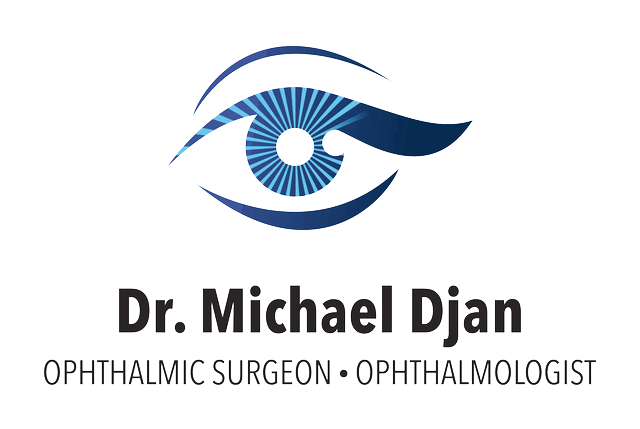Double vision (diplopia)

Double vision in one eye (monocular) or both eyes (binocular) can be extremely disconcerting and disruptive. Double vision in one eye is known as monocular double vision. Thus meaning that the perception of seeing double images of a single object continues when the unaffected eye is covered (but you should be able to see normally when the affected eye is covered).
Causes
- Astigmatism: A refractive error characterized by an irregularly shaped cornea.
- Dry Eye Syndrome: A condition which occurs is when your eye has an inadequate volume of tears.
- Corneal layer abnormalities.
- Eye Lens abnormalities: Such as cataracts (cloudy patches over the lens).
- Retinal abnormalities: Such as macular degeneration.
Monocular double vision is rare. Astigmatism and cataracts are the most common causes. Double vision in both eyes. Double vision caused by both eyes fail to work together properly is known as binocular double vision. If you have a binocular double vision, your vision will usually be normal if either eye is covered.
If you have a binocular double vision, your eyes will point at slightly different angles, causing them to send different images to your brain. The images from each eye are too different for your brain to create a clear, single image. This results in you seeing double images.
A squint (strabismus) means your eyes are pointing at different angles. If you have a squint, your eyes don't look in the same direction because some of the muscles controlling your eyes are either weak/ paralysed (unable to move), too strong or are restricted (prevented from moving). Squints are particularly common in young children. Not all squints cause double vision. A squint can recur in someone who had a squint as a child.
In some cases, treating the squint and realigning your eyes can result in double vision, as previously your brain may have been ignoring the signals from one of your eyes. When your brain ignores the signals from one eye, this is called suppression. A childhood squint recurring is a common cause of double vision in adults. In adults, if double vision develops suddenly and isn't caused by a childhood squint, it may be a sign of another condition affecting the free movement of the eye, or the muscles, nerves, or brain.
Conditions may include:
- Thyroid eye disorders affecting the external eye muscles; your thyroid gland is found in your neck and produces the hormone thyroxine.
- Vascular disorders that affect the blood vessels and supply blood to the brain, or to the nerves controlling the eye muscles (for example, a stroke or a transient ischaemic attack).
- Diabetes can damage the blood vessels supplying blood to the nerves of the eye muscles.
- Myasthenia gravis causes the body's muscles to become weak, including the eye muscles.
- Multiple sclerosis affects the central nervous system, including the nerves of the eye muscles.
- A brain Aneurysm: A bulge in a blood vessel caused by a weakness in the blood vessel wall, which can press on a nerve of the eye muscle.
- A brain tumour or cancer behind the eye that prevents free movement or damages the nerves to the eye muscles.
- Head injury damaging the brain or the nerves that move the eye muscles, or damages the eye socket and restricts the movement of the eye muscles.


